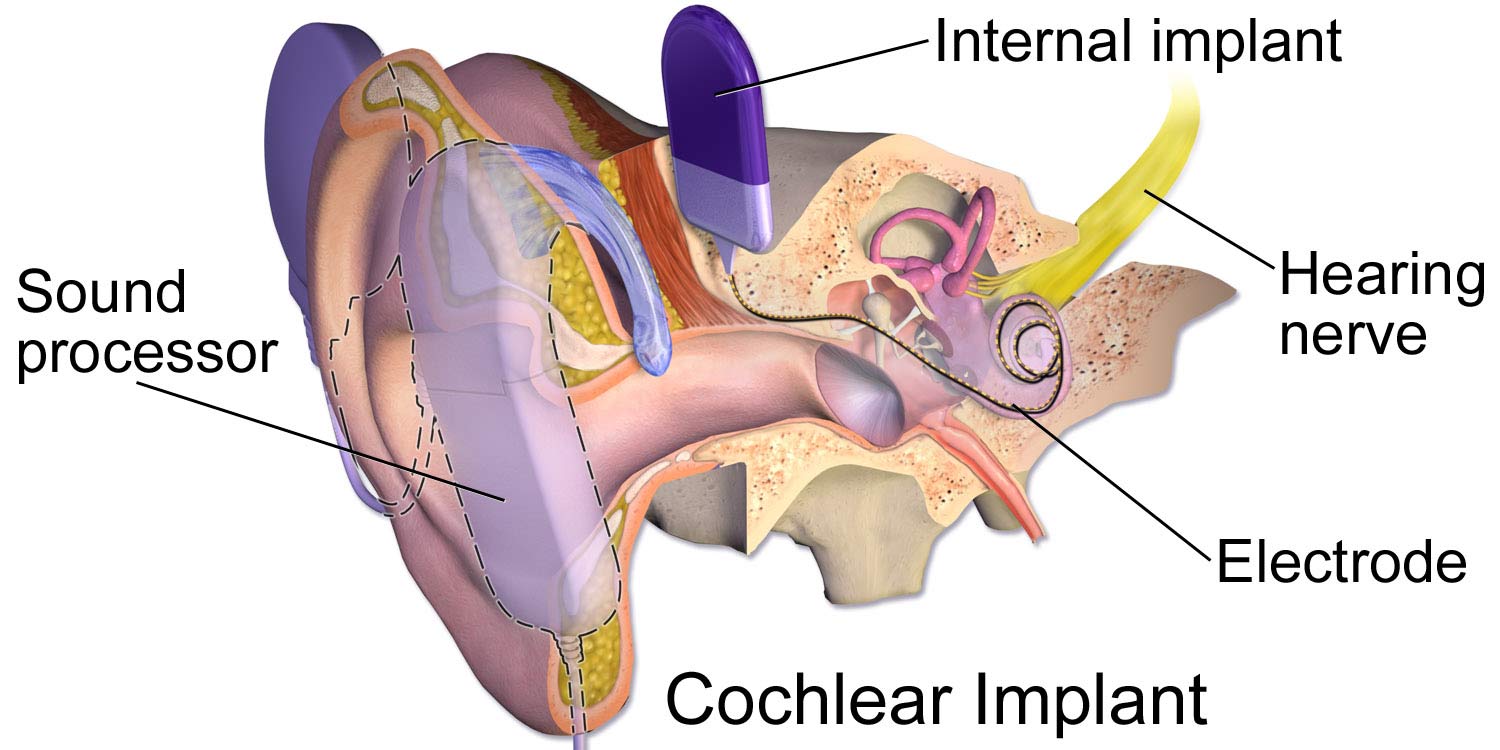Working in the pandemic with a cochlear implant | NHS24
Hear from Maurice Laneres at NHS 24 about his experiences adapting to both new ways of working and a cochlear implant.
Covid-19 means that we are living in unprecedented times or, at the very least, the most challenging time faced by the United Kingdom since World War II. The situation has seen all sorts of concepts, both old and new, being used including: ‘social-distancing’, ‘self-isolation’, ‘work from home’, and ‘stay at home’. In a nutshell, these words could effectively amount to one thing for lots of people, including me….loneliness.
Hold on, wait…don’t get your violin out just yet!
For me, the overwhelming question was: How am I going to manage my working and personal life, as a deaf person, while adapting to these new ways of living?
Let’s rewind a bit for some context. For quite a few years, my residual hearing was deteriorating to a point where conventional hearing aids were pretty much useless. Determined to make a positive difference to my ability to hear, I chose to undergo cochlear implantation surgery at Crosshouse Hospital, Kilmarnock in December 2019.
A cochlear implant is different from a hearing aid. It has two parts: one is worn like a hearing aid, behind the ear, and the other is surgically implanted like so:

From a patient perspective, the surgery itself is probably the easiest part- ‘bish, bash, bosh!’ followed by a post-anaesthesia headache.
As you can see from the diagram above, a cochlear implant turns sound into electrical signals. Instead of simply making sounds louder, like a conventional hearing aid would, the cochlear implant provides a sensation of hearing by directly stimulating the auditory nerve using electrical signals. Herein lies the challenge. I was having to relearn how I listen to people, how I speak, pick up and make sense of sound, any sound. This learning would require me using my implant as often as possible, allowing me to expose it to the sounds of daily life so that my brain could adjust to this new way of listening as soon as possible. However, it can take up to at least a year before the brain assimilates to this new way of listening.
Now, you can only imagine my disappointment when I read that I’d have to forego all of these listening opportunities and that I had to keep myself, others and our NHS as safe as possible by working from home. If I couldn’t see them, how was I going to communicate, talk and listen to colleagues? How could I do my work? How could I continue to add value to my team and NHS 24?
Microsoft Teams enters the stage. Microsoft Teams is an application bringing ‘everything together in a shared workspace, letting you work from anywhere, chat with your team, and collaborate on files’. Utilising Microsoft Teams has allowed me to overcome most, if not all my working issues presented by the social distancing measures, while allowing me to work from home as safely as possible. I couldn’t believe it!
Microsoft Teams presented me with a great way of readapting my learning to hear and follow speech again. I’m now able to take part in teams meetings more fully, with the use of live automatic captioning. This lets me see in text what others are saying – fabulous! The application is also allowing me to use and practice my new method of hearing than I had ever done before. As I am deaf, generally speaking, I tend to use visual cues to supplement my understanding of what I learn from others. Writing is a key way of doing that. Microsoft Teams has chat facilities, whiteboards for sharing team ideas. The live captioning is learning to pick up Weegie accents like mine (and even Mark Kelly’s). Now that is really something!
So, despite all the negatives that Covid-19 has brought with it into the workplace as well as socially, I’ve learned to adapt and make the best of the situation using technology. This learning will be of great benefit to me in the long run.
Do you have more examples you'd like us to share?
Please email your suggestions to


